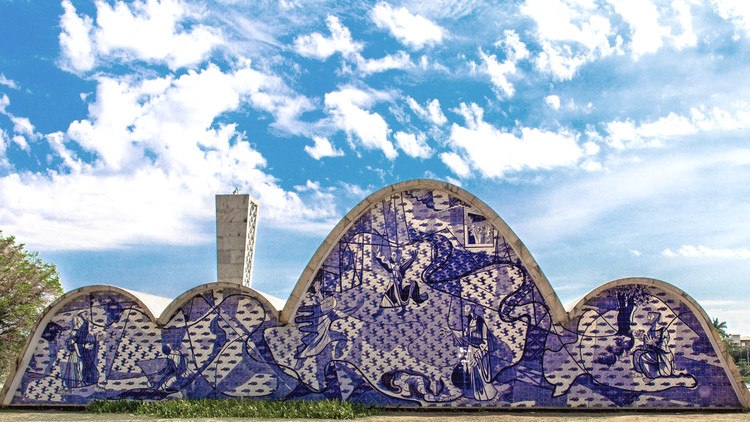
"I felt like I was Nino Rota and Oscar Niemeyer was Fellini, it was like I was creating an important piece of music in that work of art." Renowned visual artist Athos Bulcão uses this comparison between the Italian composer and the film director to refer to the relationship between his work with ceramic tiles and architecture. This fusion between art and architecture marked an important period in the history of Brazil, shedding light on issues such as national identity, the massification of art, and architectural techniques aimed at the tropical climate.
The history of ceramic tiles in Brazil goes back many years before they started being incorporated into the concrete monoliths of modern architecture. It started when Portuguese settlers first arrived in the country and introduced them together with other art forms, which started a process of acculturation featuring true copies of the European empire. From polychromatic patterns to monochromatic shades of blue - an influence of Chinese porcelain, historically associated with the great stability of this pigment, and its properties of withstanding the highest firing temperatures - tiles have left their mark on Brazilian architecture since the colonial period.



















